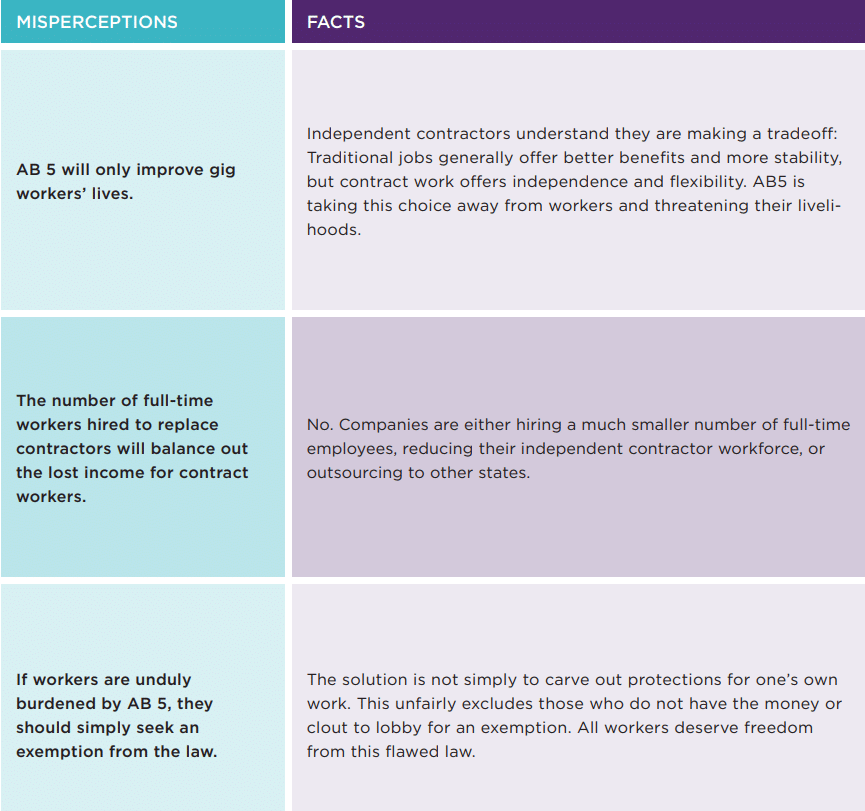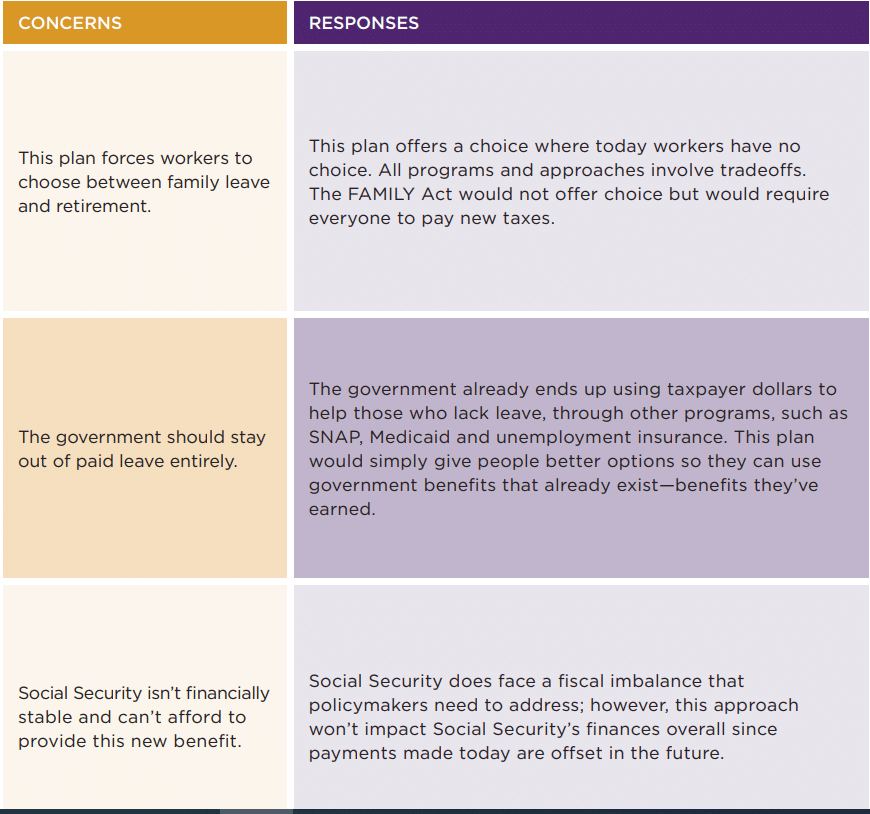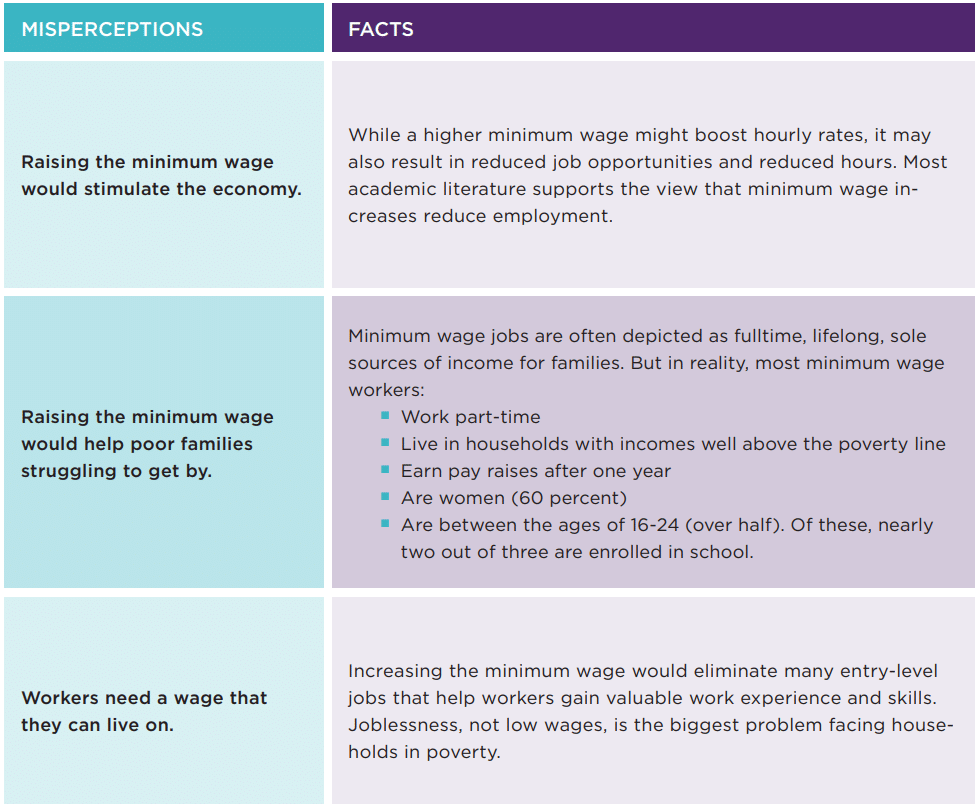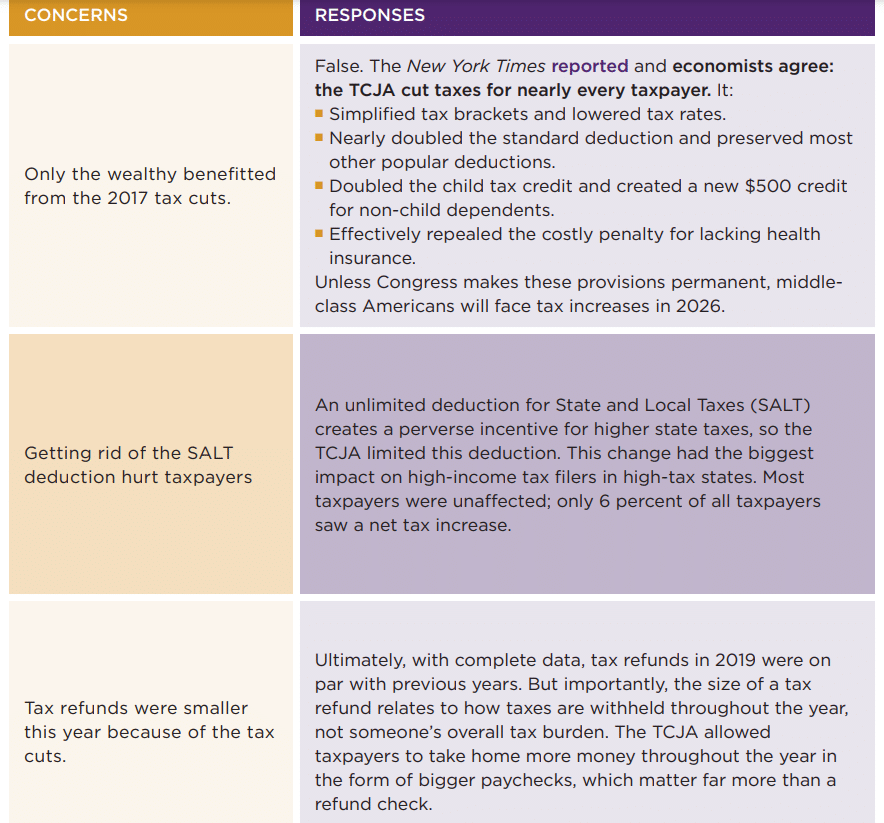*PDF Download: In 60 Seconds – AB5
Today, 1 in 5 jobs in America is held by an independent contractor. Over half of these workers say no amount of money could convince them to pursue traditional jobs instead.
California’s law, AB5, sets strict guidelines for who may qualify as an independent contractor versus an employee. Proponents of AB5 argue that it protects workers’ rights.
In reality, AB5:
- Kills workers’ preferred flexible work arrangements.
- Leaves businesses with less resources overall for wages and jobs.
- Causes layoffs when businesses cannot afford the high cost of reclassifying workers as employees.
Here’s the issue with AB5 in 60 seconds:
What’s at Stake
Today, 1 in 5 jobs in America is held by an independent contractor. Over half of these workers say no amount of money could convince them to pursue traditional jobs instead.
Independent contractors value being their own boss. Flexible contract work is especially attractive to stay-at-home mothers, students, and those with health conditions that inhibit them from working in a traditional setting.
California’s new law, AB 5, sets strict guidelines for who may qualify as an independent contractor versus an employee. Proponents of AB 5 argue that it protects workers’ rights.
In reality, AB 5:
- Kills workers’ preferred flexible work arrangements.
- Leaves businesses with less resources overall for wages and jobs.
- Causes layoffs when businesses cannot afford the high cost of reclassifying workers as employees.
Other states are considering legislation similar to AB 5, and the proposed PRO Act would adopt this misguided policy at the federal level.
Keeping Independent Contractors from Working
Fifty-seven million Americans have worked as independent contractors. Technology has greatly expanded the sharing economy including rideshares, deliveries, and tasks, but many workers across a wide variety of professions choose to work as contractors, including event planners, optometrists, artists, writers (freelancers), and so many more.
This work is not simply a last resort for individuals, many of them seek it and prefer it. For example, 75 percent of freelancers are working independently by choice.
AB 5 takes away this choice. For many, it takes their jobs and incomes away entirely.
Reclassifying workers as employees raises labor costs for businesses by an estimated 20-30 percent. As a result, companies are either hiring a much smaller number of fulltime employees or reducing or eliminating their independent contractor workforce.
AB 5 is a fundamentally bad policy that should be reversed and abandoned.
Addressing Misperceptions:












